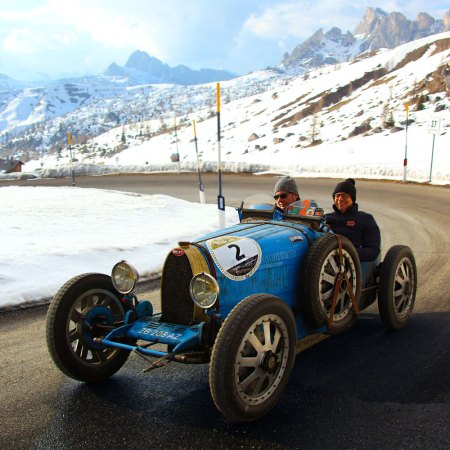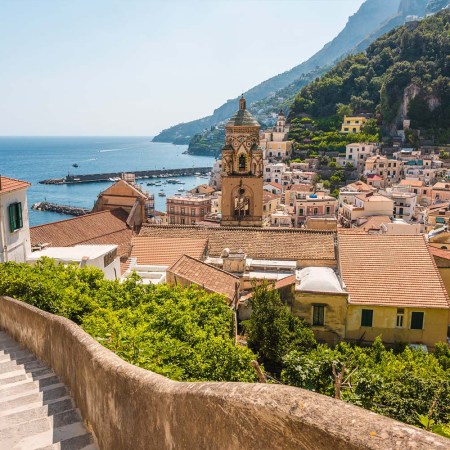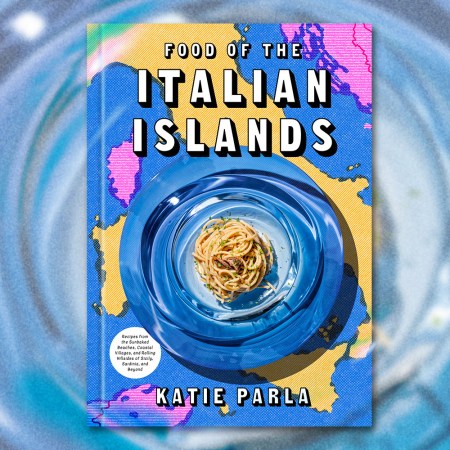The Mediterranean abounds with gorgeous islands, each of them with a long history and distinctive architecture. Italy’s Aeolian Islands are a prime example of this — whether examined from a geological or a historical angle, they offer plenty to fascinate visitors and travelers. However, only one of them is home to a population that regularly consumed a forerunner of LSD for several decades.
That would be the island of Alicudi. Writing at Air Mail, Elena Clavarino delved into its history — and explains why it’s arguably the least-visited of the islands in the archipelago. “There are a few hotels, but they are mostly vacant,” Clavarino writes. “There is no A.T.M. or supermarket. Rather, old ladies sell locally grown capers and bananas from their terraces, with prices painted onto wooden plaques.”
Admittedly, that sounds pretty delicious, as does a later mention of a tradition of making pasta with seawater, but the article also points out that the island’s residents “are wary of visitors.”
There’s also the matter of the hallucinations. The article notes that in the 1950s, reports emerged that the island’s population had consumed baked goods containing ergot. If that sounds familiar, it’s because Albert Hofmann used what he’d learned from studying ergot in creating LSD. All of which makes for a particularly surreal regional history — and one that gives this distinctive island its place on the map.
For more travel news, tips and inspo, sign up for InsideHook's weekly travel newsletter, The Journey.


















